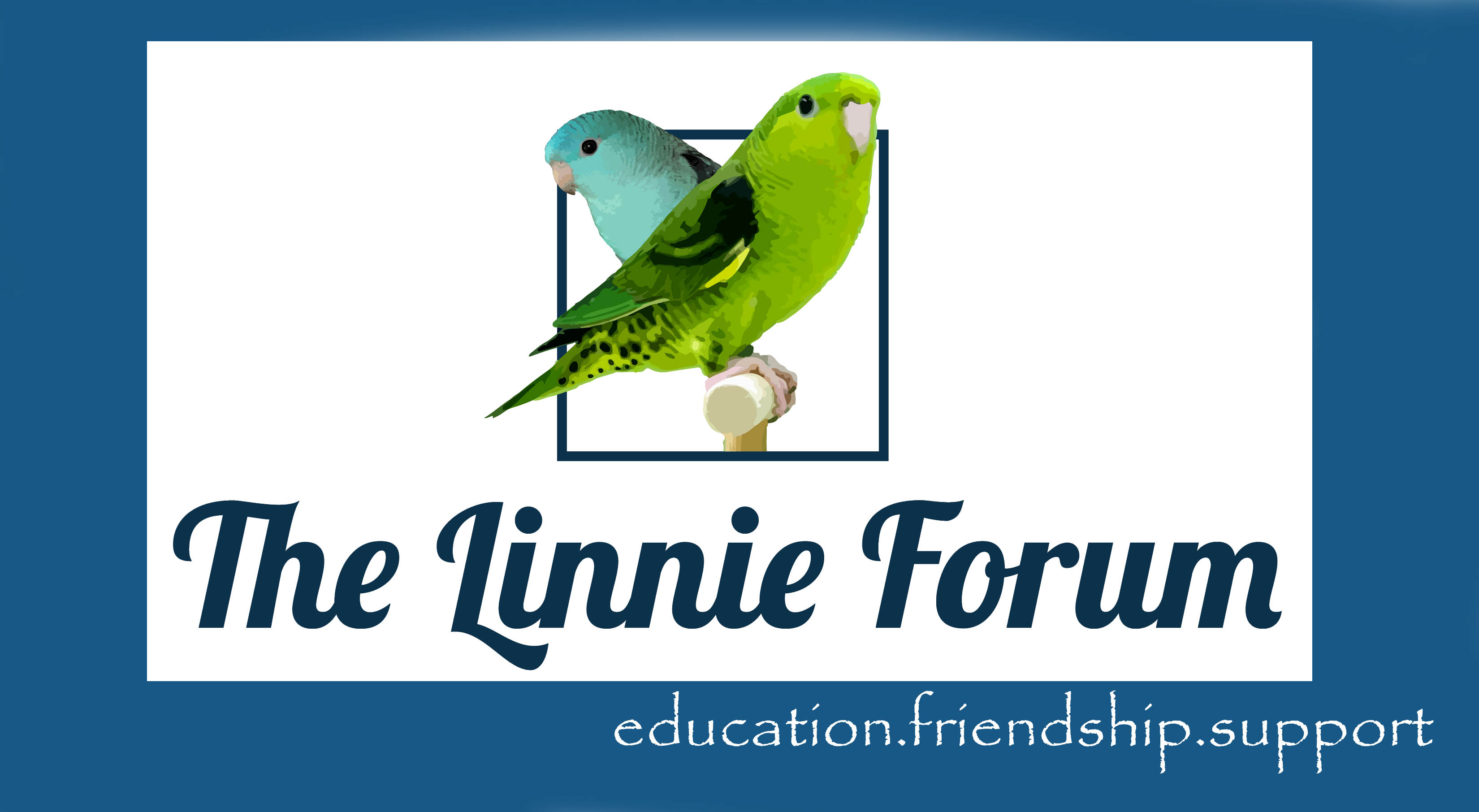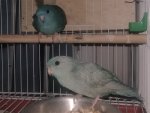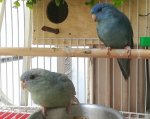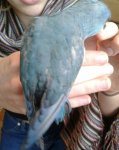Hi
Recently I have adopted a pair of linnies that were told to be a male/female couple. I still have not DNA sexed them and one of them is a grey wing mutation which complicate things to observe sexual dimorphism. I live in Brazil and linnies are realy hard to find here, not to mention the difficulty to find good advice.
I am struggling to understand their behavior. They are really good companions to each other and seems to coppulate frequently, but so far no eggs. Most frequently it seems the coppulation ends too short to be effective.
They coppulate side by side and most of the times the female has the initiative but once the male corresponds she looses interest. Has anyone observed this before?
Is it possible that she is not yet ready as we are in the winter here and days are a bit shorter? Temperatures ranging from 12°C at night to 25°C during the day.
Does anyone knows if it is common for linnies to have same sex coppulation? I know many birds can produce same sex couples, but have not heard of same sex coppulation in birds.
Any advise or idea shared is going to be of great help as I have never had linnies before.
Thanks for the very informative forum, the only place I have found sharing substantial knowledge about that amazing species.
Cheers
Recently I have adopted a pair of linnies that were told to be a male/female couple. I still have not DNA sexed them and one of them is a grey wing mutation which complicate things to observe sexual dimorphism. I live in Brazil and linnies are realy hard to find here, not to mention the difficulty to find good advice.
I am struggling to understand their behavior. They are really good companions to each other and seems to coppulate frequently, but so far no eggs. Most frequently it seems the coppulation ends too short to be effective.
They coppulate side by side and most of the times the female has the initiative but once the male corresponds she looses interest. Has anyone observed this before?
Is it possible that she is not yet ready as we are in the winter here and days are a bit shorter? Temperatures ranging from 12°C at night to 25°C during the day.
Does anyone knows if it is common for linnies to have same sex coppulation? I know many birds can produce same sex couples, but have not heard of same sex coppulation in birds.
Any advise or idea shared is going to be of great help as I have never had linnies before.
Thanks for the very informative forum, the only place I have found sharing substantial knowledge about that amazing species.
Cheers






